
History of the Hall
Discover the rich history of Llandrindod’s Crown Jewel – our community-owned Victorian Theatre!
Built in 1896, it proudly stands as Mid Wales’ oldest theatre, and continues to thrive as a volunteer-run venue, cherished by the local community.
1890s – Llandrindod’s Hey Day
During the 1890s, between 80,000 and 90,000 visitors flocked to Llandrindod Wells each year in search of spa treatments and rest. Many were Welsh speakers, which created a growing need for Welsh-language services and community gatherings. The local Presbyterian Church rose to the challenge.
Architect Owen Morris Roberts was commissioned to design a suitable space, and church members rallied enthusiastically to fund the project. Their efforts bore fruit in 1896, when the hall was completed at a cost of £2,000.
The original building featured:
- A spacious, open-plan hall
- Moveable seating for up to 750 people
- A modest stage suitable for choirs
- A rear balcony fitted with wooden seating
Apart from some modern updates – such as the current main doors, canopy, and entrance steps – the exterior remains largely unchanged.
As for the name? That came courtesy of Edward Jenkins, both a devoted church member and manager of the neighbouring Gwalia Hotel. With a nod to London’s Royal Albert Hall, located beside a hotel of the same name, Jenkins suggested that their new hall – positioned next to Llandrindod’s own Gwalia Hotel – should be called The Albert Hall. And so it was.
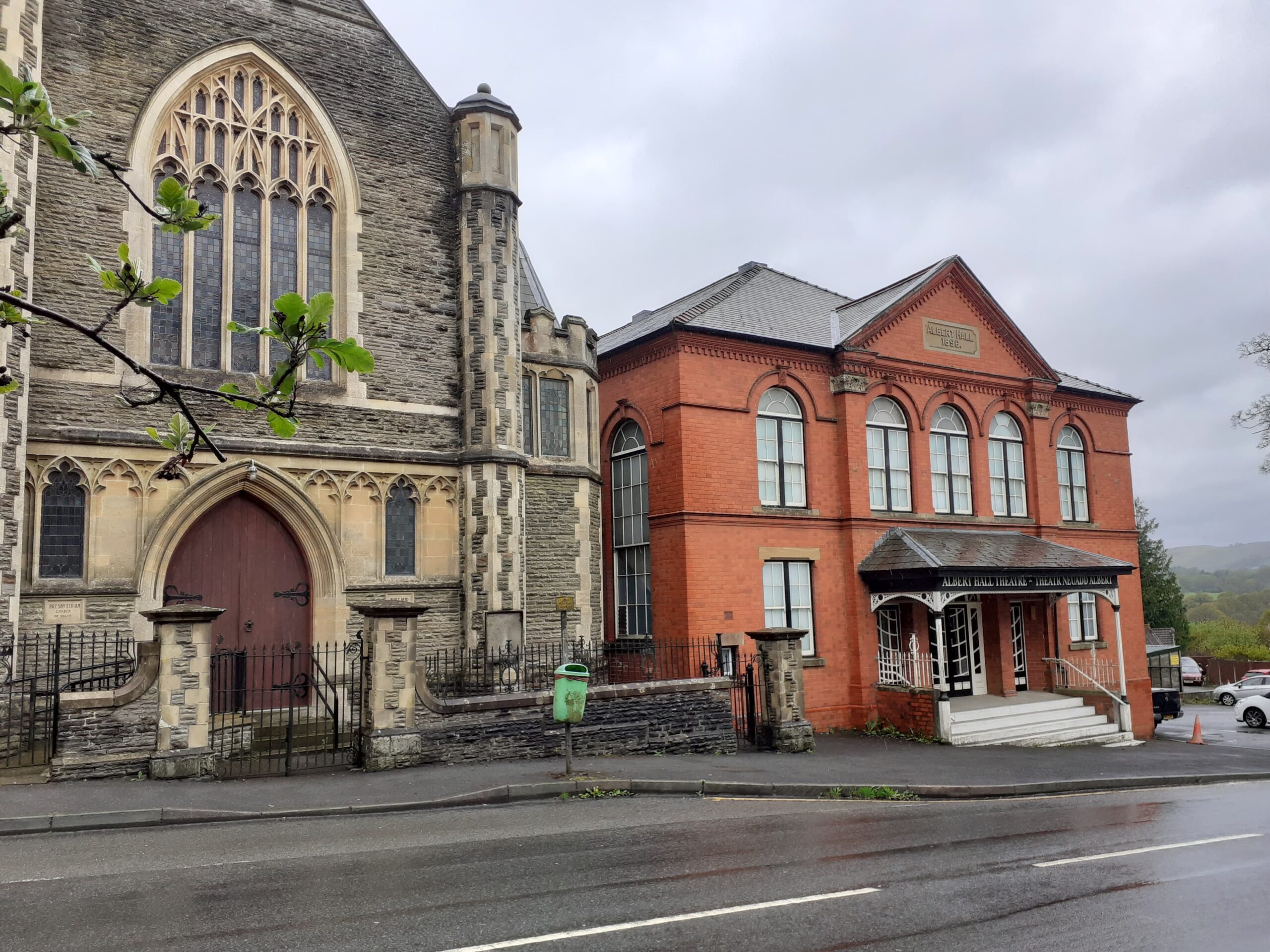
1900s – Expansion & Adaption
In 1905, the adjoining Presbyterian Church was rebuilt, marking a period of renewal for the community. At the same time, the Albert Hall’s basement was converted into a schoolroom, providing dedicated space for church-based education and activities.
This expansion reflected the hall’s growing importance—not just as a venue, but as a hub of local life.
First World War – A Stage for Service
When war broke out in 1914, Llandrindod Wells became a major recouperation centre for the Royal Army Medical Corps (RAMC), who billeted around 4,000 men in the town. The Albert Hall was soon repurposed for the cause: lectures filled the daytime hours, while evenings came alive with concerts and entertainment for the troops.
In March 1915, the hall hosted the town’s second annual eisteddfod, bringing together music, poetry, and performance in a heartfelt celebration of Welsh culture—providing both comfort and continuity during turbulent times.
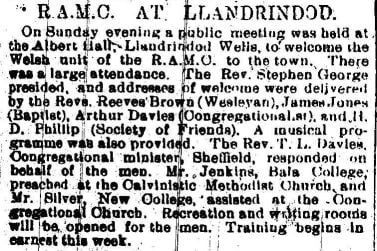
Between the Wars – The Theatre is born!
Following the end of the First World War, church membership began to wane, and the Albert Hall was no longer essential to the congregation. But rather than fall quiet, the hall found a new lease on life.
Recognising its potential, the committee made a bold decision: to transform the space into a theatre and cinema. In 1923, the Albert Hall officially reopened in its new dual role. A stylish new foyer was added, complete with Art Deco flair, designed by Owen Morris Roberts & Son. Remarkably, the exterior, foyer, and auditorium remain much as they were then.
By 1929, the era of silent films gave way to the rise of “Talkies”—motion pictures with sound. The Albert Hall ended its cinema screenings, donating its silent film projection equipment to Bronllys Sanatorium.
It was during this time that the Llandrindod Wells Drama Festival was born—a week-long celebration of performance that ran nearly every year (excluding wartime) until 2013. Yet, as the decade wore on, the hall and town alike faced a gradual decline in fortune.
Second World War – Back in Action: Wartime Entertainment Returns
In 1939, war once again reached Llandrindod Wells, transforming it into a recouperation base for thousands of troops. The Albert Hall returned to service with full force.
Daytimes were filled with lectures, while evenings brought music, plays, and laughter to the stage. Many of the performers who entertained the troops would later become household names. For a time, the theatre buzzed with energy and camaraderie.
But as the war came to a close and troops moved on, so too did the crowds. The lights dimmed once more, leaving the hall to wait patiently for its next act.
1950s – One Curtain Fell and Another Slowly Rose
The echoes of wartime performances gradually faded, and the Albert Hall entered a more subdued chapter. The Presbyterian Church continued to hold Welsh-language services in the hall until 1951, preserving its role as a place of worship and community gathering.
But by the end of the decade, a new shift was underway. By 1958, the curtain fell on yet another chapter, as the Albert Hall was sold to local firm Campbell & Edwards and reimagined as an auction house. The applause faded, replaced by the echo of bidding and the clatter of gavel strikes. For most of the year, the once-vibrant theatre sat quiet—its stage now a salesroom floor.
Yet even then, the spirit of performance flickered on. The Drama Festival was allowed to continue, keeping the tradition alive for one weekend each year.
It was a transitional time—perhaps not the most glamorous in the hall’s history, but one that kept the doors open and the structure preserved. And soon, a wave of grassroots passion would begin to stir again…
1960s – A Community Reclaims Its Stage
By the early 1960s, Campbell & Edwards had decided the Albert Hall would no longer serve as an auction house and put it up for sale. At one point, a local farmer is said to have made an offer—with plans to gut the interior and repurpose the historic building as a grain store. The theatre’s fate hung in the balance.
But the people of Llandrindod Wells had other ideas.
In 1962, the townsfolk rallied and purchased the hall for £2,000—the same amount it had cost to build back in 1896. A new management committee was formed, made up of representatives from local groups and organisations, with a shared goal: to return the Albert Hall to the community.
Money was raised through donations and events, though most of it went straight to urgent repairs and everyday running costs. Still, what they lacked in funding, they made up for in determination. The Albert Hall was saved, not by developers, but by the people who refused to see it lost.
1970s – Plans, Passion, and Paintbrushes
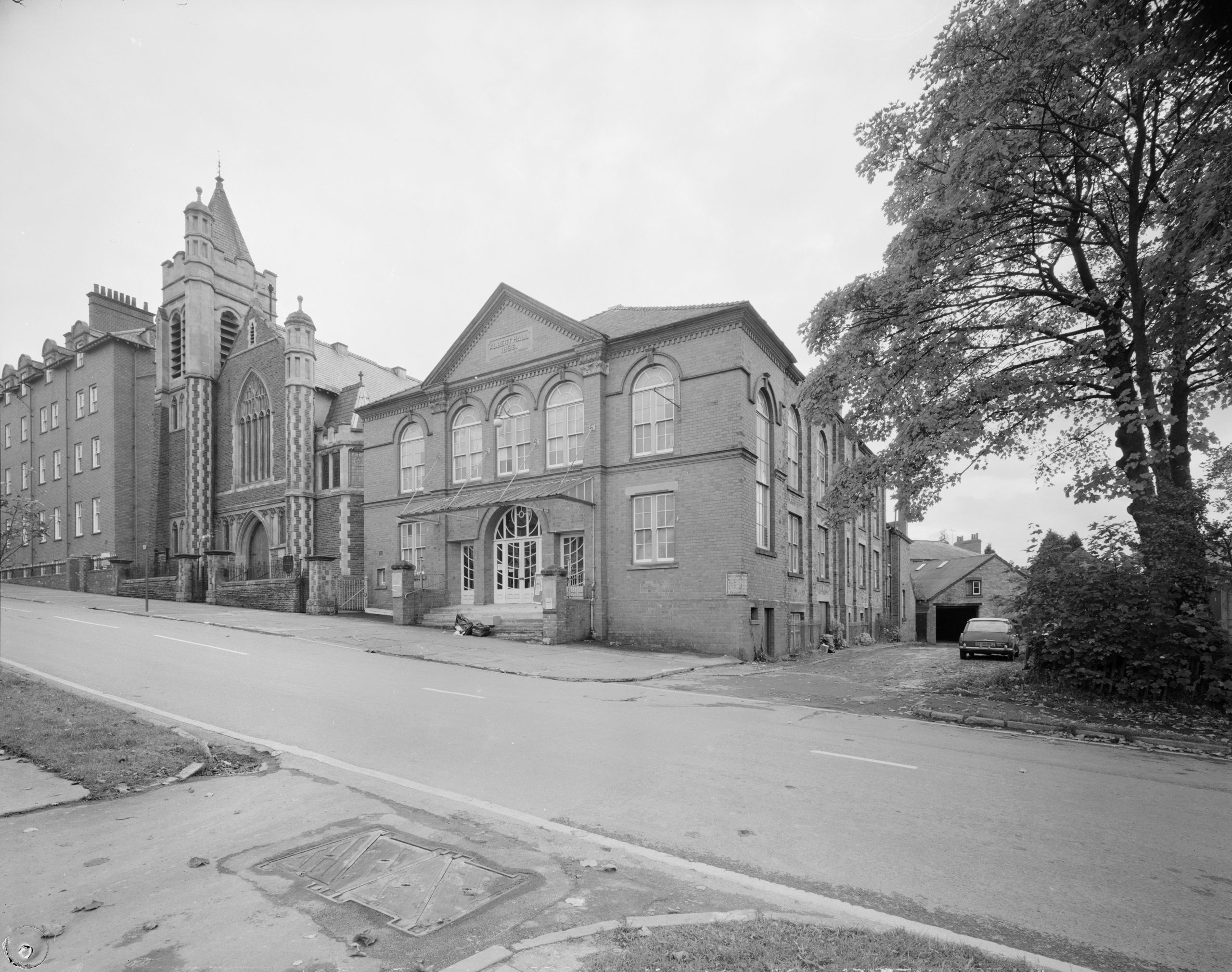
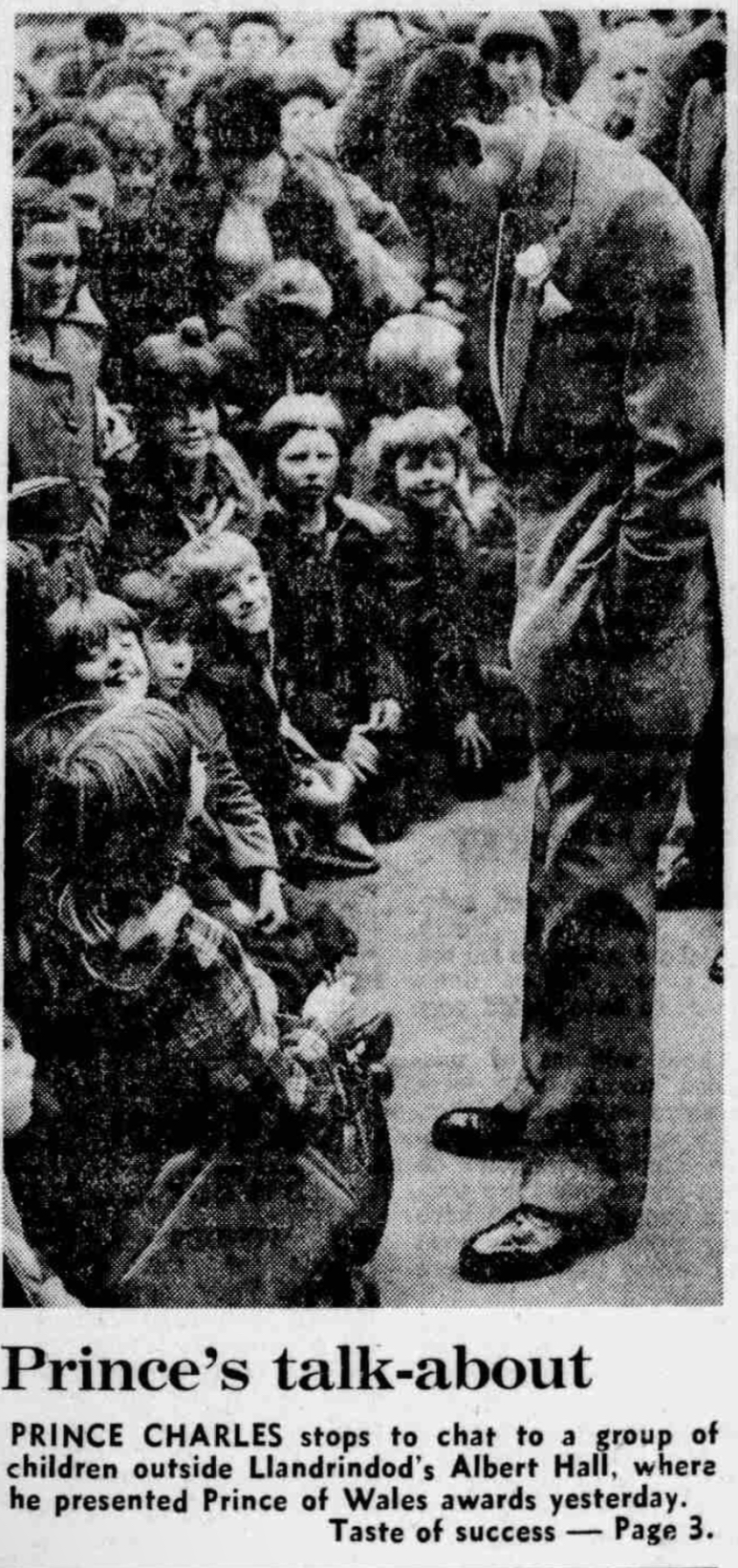
After securing the Albert Hall in the 1960s, the community’s next challenge was clear: restore and modernise the building so it could thrive once more.
To get things rolling, the Friends of the Albert Hall fund was launched in 1973, rallying local clubs, societies, and individuals. More than £1,000 was raised in short order, demonstrating the town’s pride and commitment. Councils and organisations were approached, funding bids were submitted, and slowly, the dream began to take shape.
The resulting improvements included:
- A new central heating system
- Complete rewiring and redecoration
- Upgraded technical equipment and fire safety measures
- And a brand-new canopy, giving the hall a fresh, welcoming face
It wasn’t glamourous work—there were paint fumes, dust, and financial hurdles—but it marked a turning point. The Albert Hall was transforming not just into a venue, but into a symbol of community resilience.
1980s and 90s – Preserving the Past, Weathering the Present
The 1980s marked a period of steady activity at the Albert Hall. A local theatre company took over day-to-day management, helping to maintain the building’s role as a venue for community events, even as resources remained limited.
In 1985, the Albert Hall was Grade II listed, officially recognising its architectural and historical significance. The listing secured its historical status and provided a layer of protection against future redevelopment. It was a quiet but meaningful step in ensuring the building’s longevity.
During this time, the hall hosted a mix of local traditions:
- The annual pantomime
- The yearly Drama Festival
- Regular Young Farmers competitions
A small bar was added between the kitchen and Lesser Hall to serve audiences during performances—useful but modest in scope.
While these efforts kept the lights on and the doors open, there were few major developments or upgrades during this era. Much of the hall’s infrastructure aged noticeably, and activity sometimes slowed as enthusiasm waned and funding remained scarce. It was a holding pattern—survival, not resurgence.
2000s – Repairs & Restoration
By the start of the 2000s, the Albert Hall was showing its age. Years of limited maintenance had taken their toll, and the building was in increasing need of structural attention. While enthusiasm for performances remained modest, the immediate focus became survival through repairs.
In 2007, a significant restoration project was launched, largely to address the most urgent issues—chief among them, a new roof to protect the building from further deterioration. The total cost reached £115,000, with funding secured from the Heritage Lottery Fund, the European Union, and other supporting bodies.
Although this work was vital, it didn’t immediately transform the hall’s day-to-day use. Artistic programming remained relatively quiet, and the building continued to operate with basic facilities and limited resources.
2010s – Keeping the Lights On
The 2010s brought administrative change rather than a creative resurgence. It was agreed that day-to-day control of the Albert Hall should return to a dedicated management committee—an echo of earlier efforts to keep the theatre in local hands.
Shortly after, the Albert Hall Management Committee was formally re-established, as it’s own entity. This gave the hall a clearer structure and opened up new opportunities for funding and governance.
Behind the scenes, improvements did begin to take shape—albeit incrementally. In 2016, the long-standing asbestos was professionally removed, and the hall’s curtains were replaced. A new heating system was installed in 2019, followed by upgraded electrics, helping to bring the ageing infrastructure a little closer to modern standards.
2020 – A New Chapter, with a sudden halt
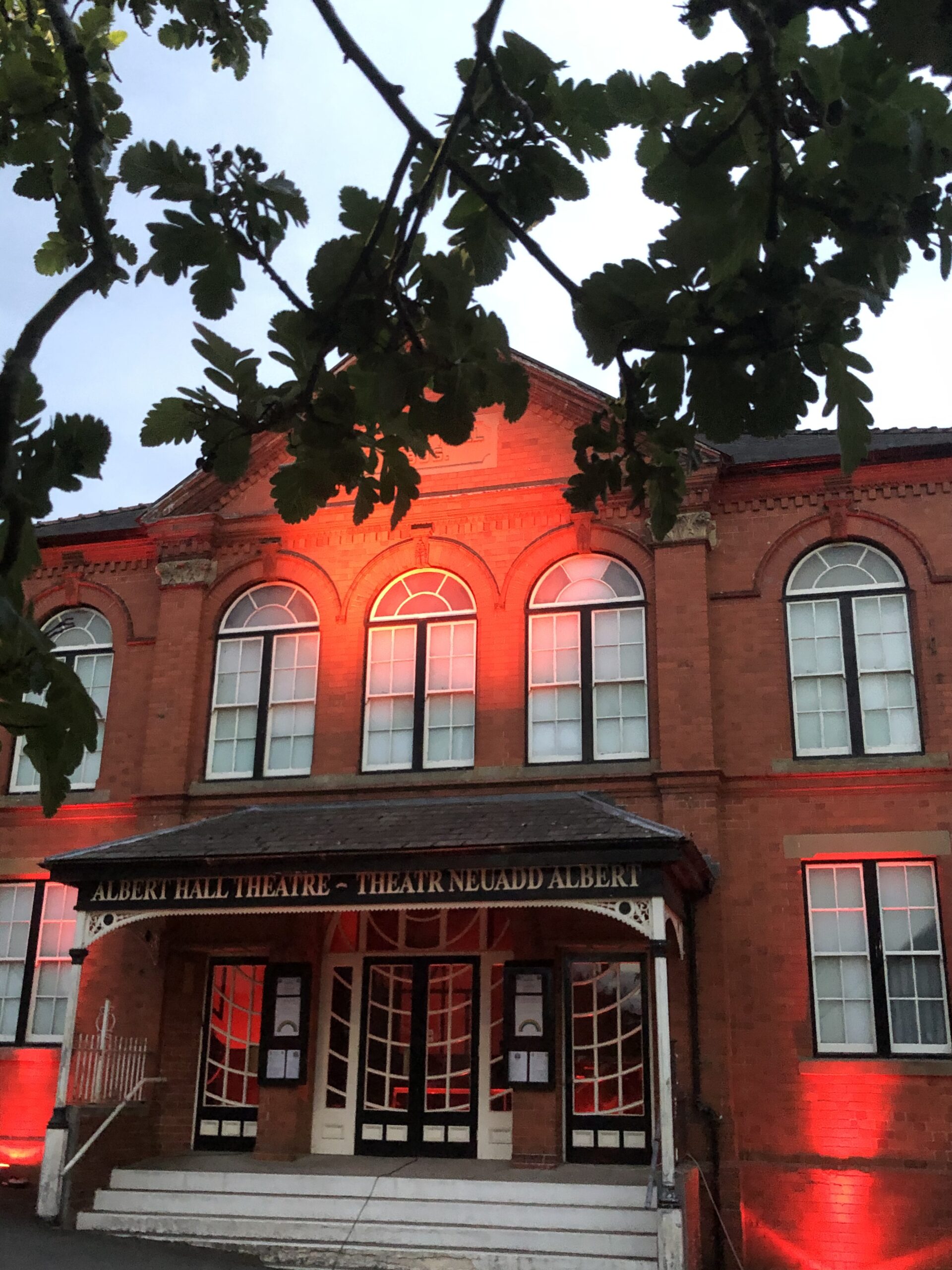
In early 2020, a newly appointed management committee stepped in, eager to continue the hall’s quiet resurgence. But just two weeks later, everything changed.
The outbreak of the Covid-19 pandemic forced the immediate closure of the Albert Hall—one of thousands of arts and events spaces across the UK left suddenly dark. Performances were cancelled, fundraising stalled, and uncertainty loomed.
Despite the shutdown, the Albert Hall found a way to stand in solidarity. It took part in national campaigns like LightItInRed, and WeMakeEvents, joining thousands of venues around the world in calling attention to the challenges facing the live events industry.
The committee’s priorities shifted overnight—from programming to preservation.
2020–2021 – Maintenance Behind Closed Doors
Though the stage remained empty, work didn’t stop. Thanks to support from local donors, the Ah Friends, and backing from the Arts Council of Wales and Theatres Trust, the committee focused on vital behind-the-scenes improvements. These included:
- Refurbishing the dressing rooms
- Installing new toilet facilities
- Redecoration of The Lesser Hall
- Completing numerous small, unseen repairs vital to the building’s future
In total, the hall remained closed for 476 days—or 68 weeks—before reopening on 10 July 2021.
Late 2021 – A Return, and a New Direction
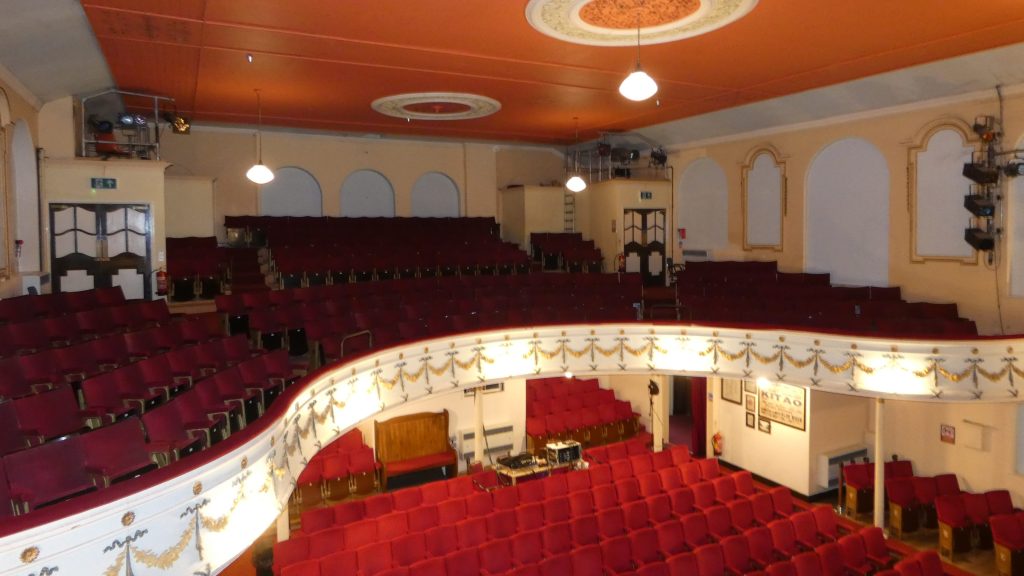
Reopening was just the beginning. Funding from the Arts Council of Wales allowed for the installation of new flooring in the auditorium—an upgrade both practical and symbolic.
Then, at the end of 2021, came a turning point: the National Lottery Community Fund awarded a substantial grant to create an Accessible Cinema. This project included:
- A full sound system upgrade
- Installation of a digital projection system
- A large-scale screen, making cinema a central part of the hall once again
For the first time in decades, The Albert Hall was reclaiming a role it had long left behind—not by looking backward, but by modernising for an inclusive future.
2022 – Safety, and Sustainability
In 2022, attention turned to the things no audience member sees—but that matter enormously. After nearly 40 years without inspection, the stage rigging was finally re-strung from the rafters. Inspections should legally be undertaken every 12 months, so 40 years since the previous, it was a significant job, and one that was well overdue. From here on, regular inspections would keep both performers and crew safer.
The hall also received funding from Tesco’s Community Grants Scheme and Co-Op’s Local Community Fund, which enabled a few practical but welcome improvements:
- Replacement of dated tables in the Lesser Hall
- Installation of a new sound system to support events and rehearsals
- A Touch Screen Interactive Whiteboard in the Lesser Hall
Meanwhile, the management committee began pursuing sustainability goals, including:
- Swapping outdated halogen bulbs for LEDs
- Removing disposable one-use bar menus
- Switching to a waste service that automatically sorts recyclables
They were small victories—but each one made the theatre a little safer, a little greener, and a little more fit for the future.
2023 – A Century on Stage

(May 2023)
In July 2023, The Albert Hall marked a landmark occasion: 100 years since its reopening as a theatre in 1923. At 3:00 p.m. on Thursday 20th July, invited guests gathered to commemorate the exact moment, a full century later. That evening, the doors were opened to the public, allowing the wider community to join in the celebration.
The hall also saw a creative highlight with the debut youth production by the Ah Players: The Addams Family Young@Part. Featuring 30 local children, many of whom had never performed before, the show offered young talent the rare chance to shine on a real stage. The production wasn’t just successful—it was heartening. A reminder that the future of the hall rests in those who will carry it forward.
2024 – Greener Systems, Significant Progress
At the start of 2024, the Albert Hall received a major boost: generous funding from Arts Council Wales and the Welsh Government allowed the installation of two vital systems:
- A state-of-the-art LED stage lighting rig, improving energy efficiency and performance quality
- A dedicated hearing support and audio description system—one of very few in Welsh theatres—expanding access for audiences with hearing or visual impairments
In parallel, significant work was undertaken to ensure the circle and upper circle could remain open and operational, for many years to come. Over the course of more than six months, a small but dedicated team of volunteers spent countless evenings and weekends at the venue, determined to keep the space safe and accessible. The final bolts were tightened, new carpets laid, and lights re-hung, just in time to welcome audiences for Only Men Aloud in November – the theatre’s first major name and sold-out show in many, many years!
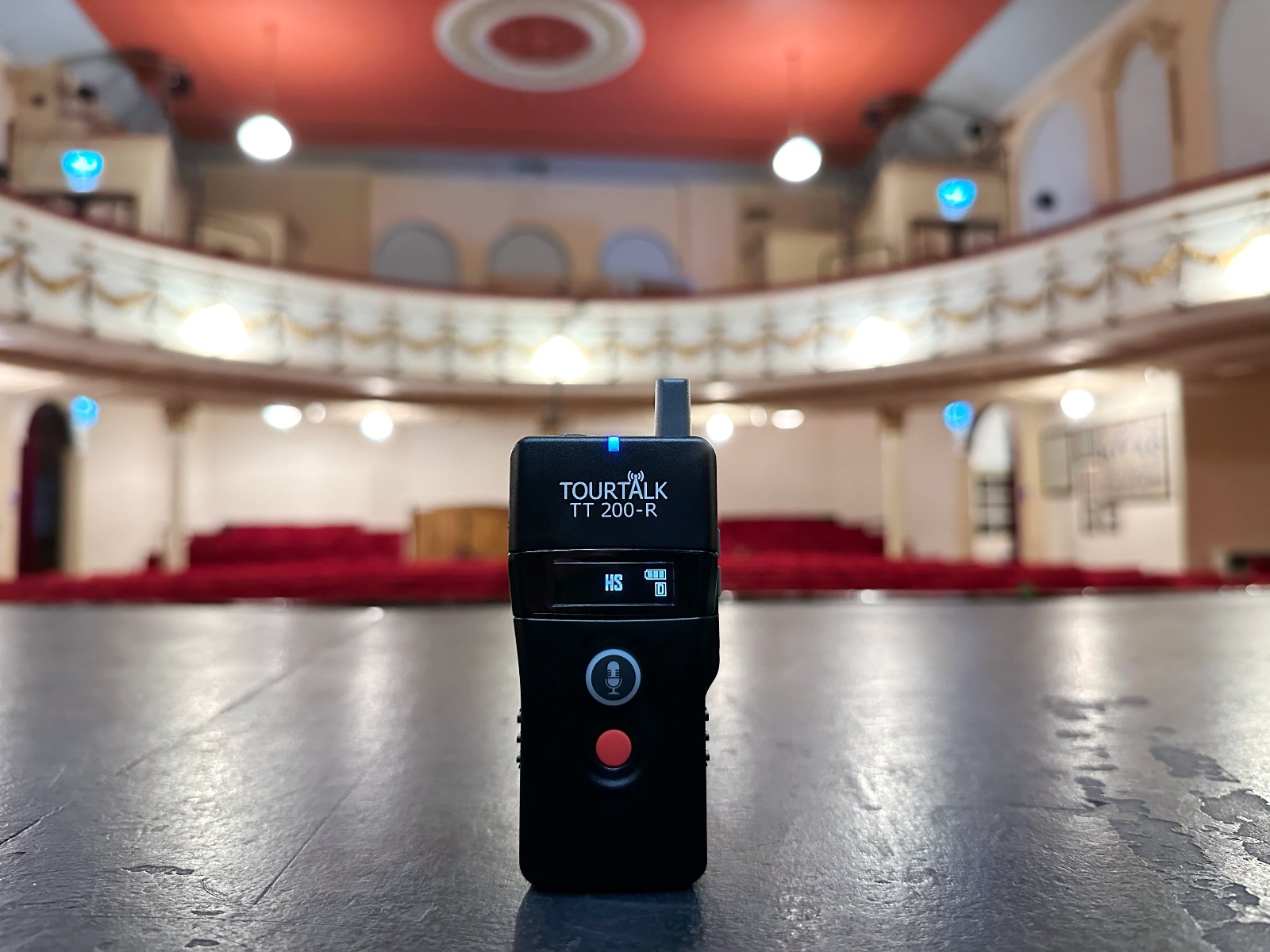

2025 – Full Houses and Fresh Foundations
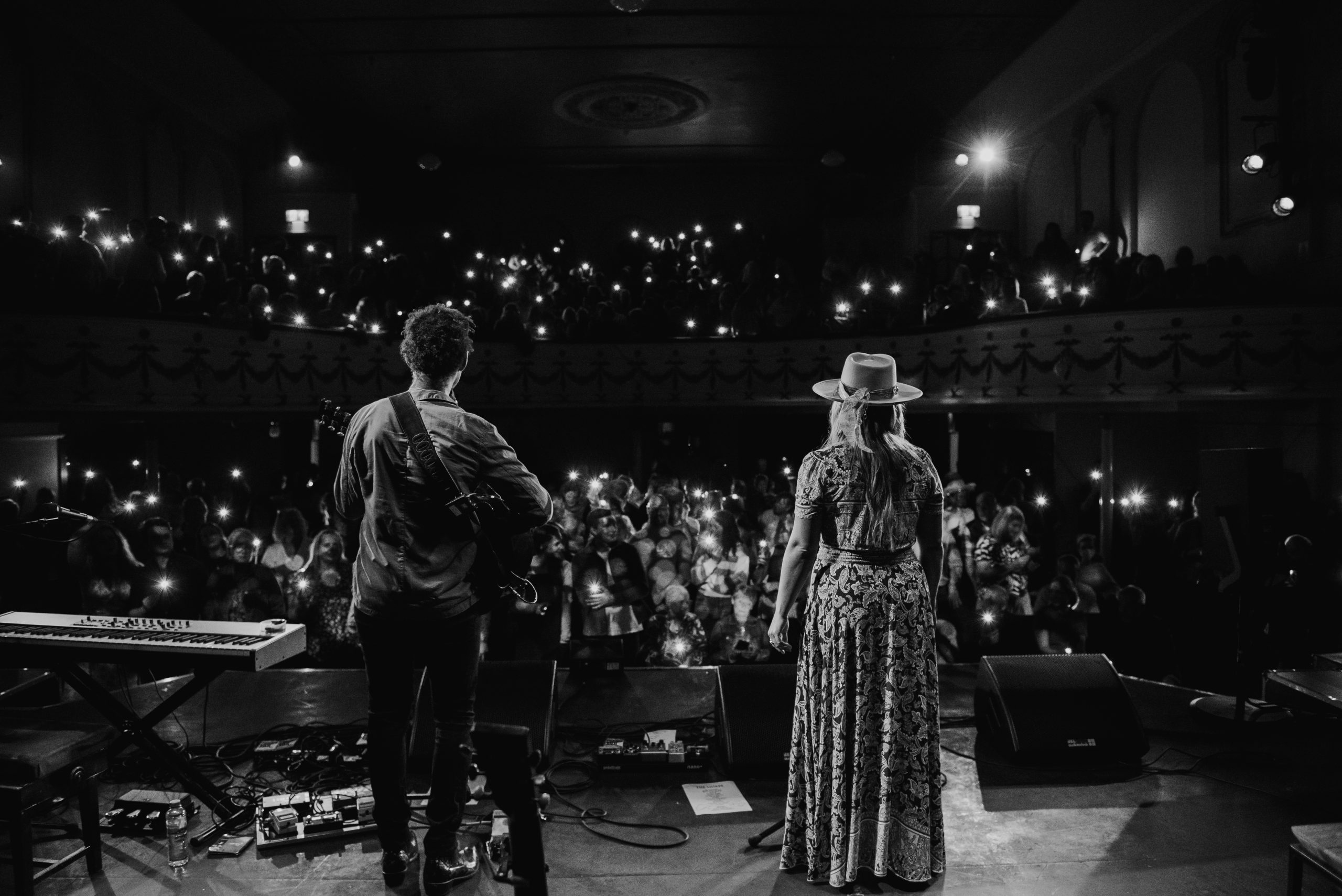
(Photo: Saskia Jo)
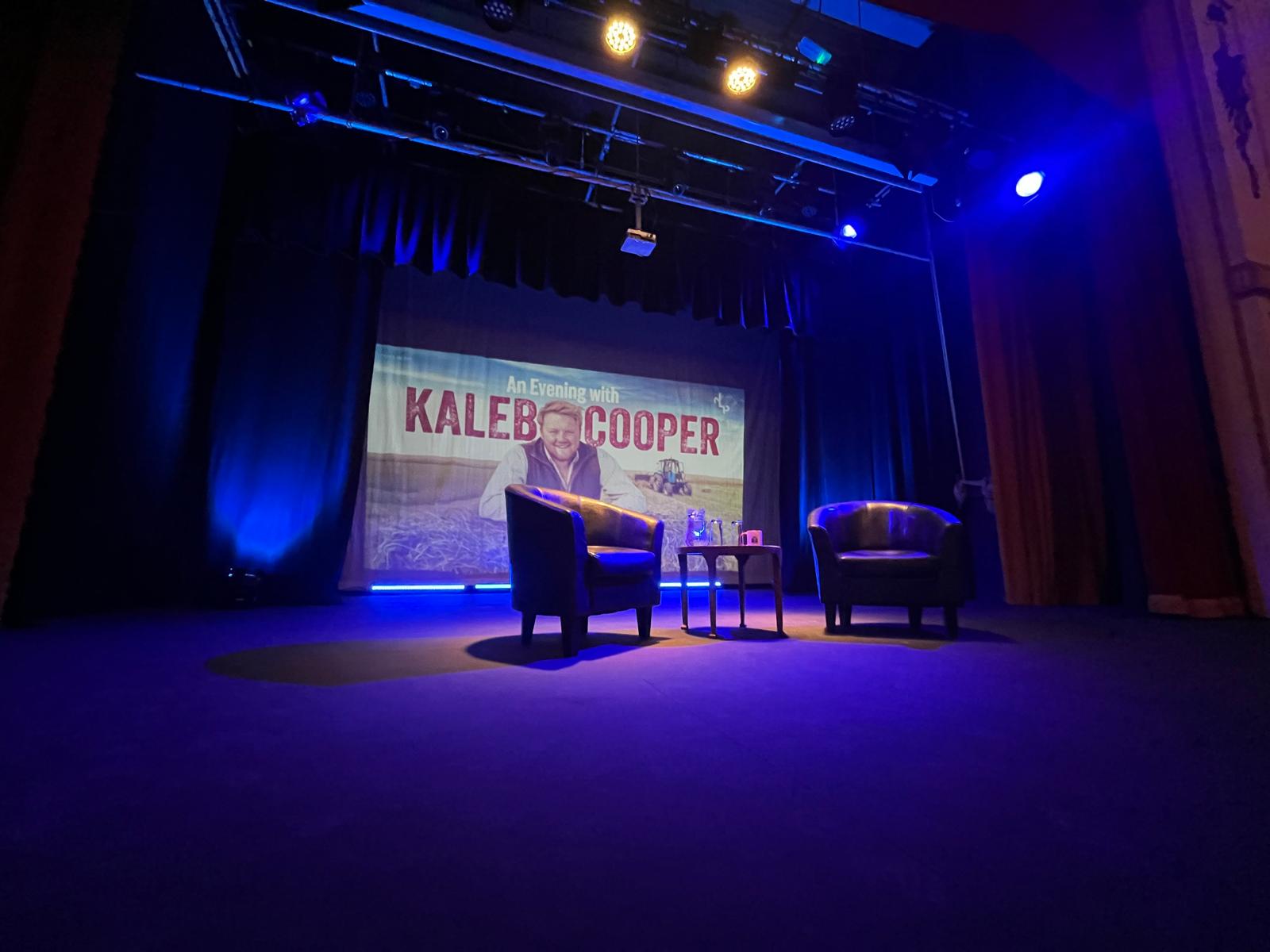
The first half of 2025 has been among the busiest in recent memory. For the first time, the Albert Hall entered a fully programmed year, with a packed calendar of concerts, community events, and performances from January onward—marking a shift from restoration to full-scale revival.
Big names returned to the stage, with headline appearances from Kaleb Cooper, Andy Bell (Erasure), and The Shires—many of which played to sold-out audiences. These bookings marked a high point not just in ticket sales, but in the hall’s re-emergence as a recognised venue for touring acts.
In early 2025, the theatre also completed a long-awaited administrative transition: the Albert Hall formally became a Charitable Incorporated Organisation (CIO), registered as charity number 1208974. This change modernised its legal structure and gave the committee greater flexibility in management, funding, and governance.
Volunteer numbers have continued to grow, with fresh faces joining long-time supporters in stewarding events, maintaining the building, and supporting outreach efforts.
The sense of momentum is unmistakable—and for the first time in decades, the Albert Hall feels not just saved, but alive.
Looking Ahead – From Essential Repairs to Ambitious Growth
The Trustees of the Albert Hall are thinking big. Now that the theatre has regained its footing, focus has shifted from emergency repairs to long-term preservation—and transformative expansion.
Immediate priorities include the restoration of the exterior doors, windows, and masonry, alongside a continued rhythm of minor repairs carried out by volunteers. And yes, the place can always use a good coat of paint—but as ever, it all costs money.
At the heart of the forward plan is an enormous capital project that, if realised, will double the range of services and experiences The Albert Hall can offer the community. Still in development, this initiative aims to expand capacity, improve accessibility, and re-imagine the building not just as a venue, but as a fully equipped cultural and creative hub.
The Trustees’ vision is bold—but the purpose is clear: to secure The Albert Hall’s place as a treasured and sustainable asset for generations to come.
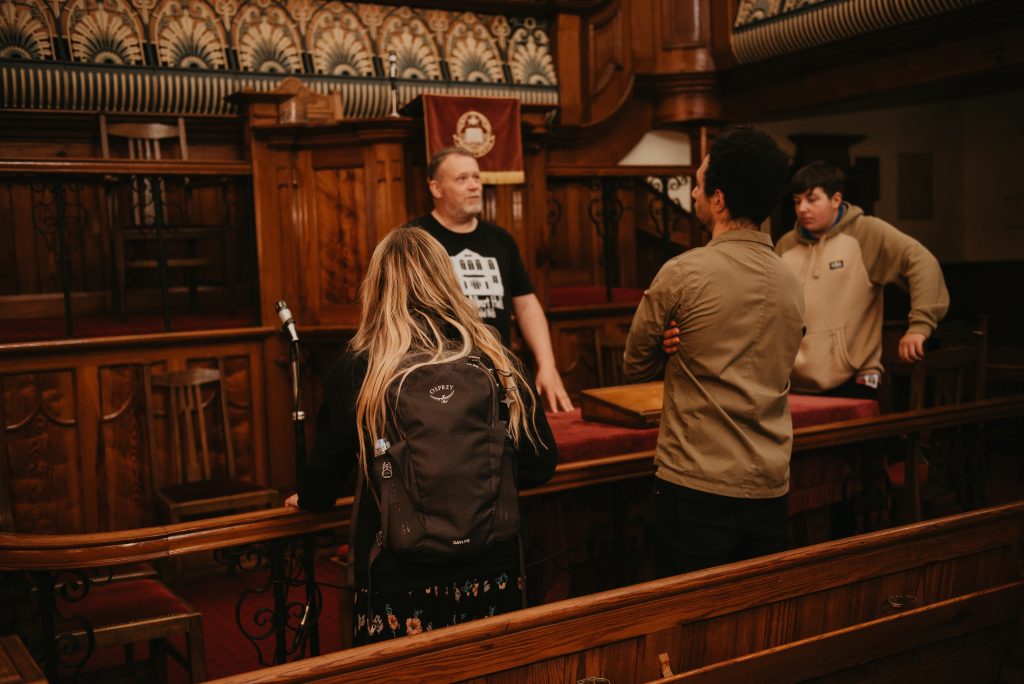
(Photo: Saskia Jo)
The Albert Hall is “Powered by Passion – Fuelled by Volunteers!”
